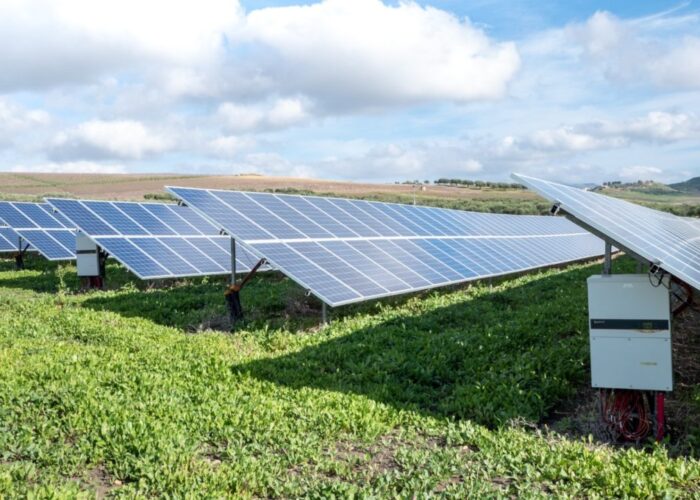Solar, storage and clean energy testing and accreditation house Fraunhofer ISE has claimed that its newest reference photovoltaic cell “significantly reduces” measurement uncertainty and can be used to take accurate field measurements of solar insolation.
PV reference cells are designed to have an assured, lab-quality standard against which the performance of other cells and the workings of other system components can be tested, measured and ultimately calibrated. The spectral response of the reference cell can be adjusted to the required levels for different types of cells.
Unlock unlimited access for 12 whole months of distinctive global analysis
Photovoltaics International is now included.
- Regular insight and analysis of the industry’s biggest developments
- In-depth interviews with the industry’s leading figures
- Unlimited digital access to the PV Tech Power journal catalogue
- Unlimited digital access to the Photovoltaics International journal catalogue
- Access to more than 1,000 technical papers
- Discounts on Solar Media’s portfolio of events, in-person and virtual
Fraunhofer highlighted that the reference cells, developed through collaboration between the testing house’s solar cell development and calibration departments, meet World PV Scale (WPVS) standards, complying with IEC 60904-2 for thermal, electrical and mechanical criteria.
It is also the first n-type silicon-based Fraunhofer reference cell. This not only means it has greater range of spectral response against which cells can be calibrated but also fits with the wider trend in PV manufacturing for the growing market share of n-type cells and modules versus p-type.
According to Fraunhofer, the reference cell was developed with improvements to the thermal coupling of the cell and its housing which reduced the temperature gradient between the reference cell’s housing and the solar cell. Fraunhofer claims it can be adjusted to measure a number of different cell technologies.
The testing house offers PV system yield forecasting and monitoring as well as measuring the performance of PV cells and modules as well as a range of other related services.







